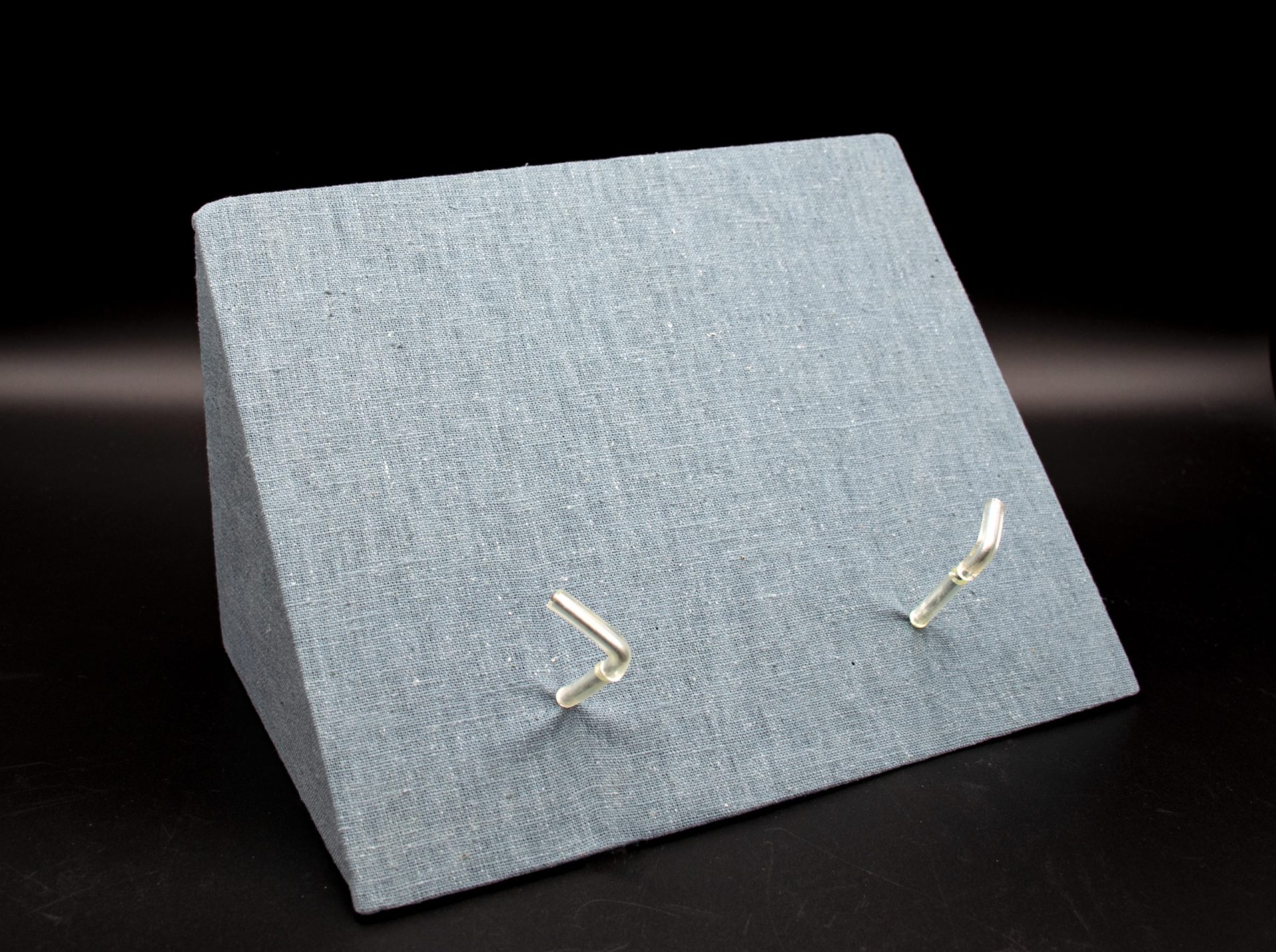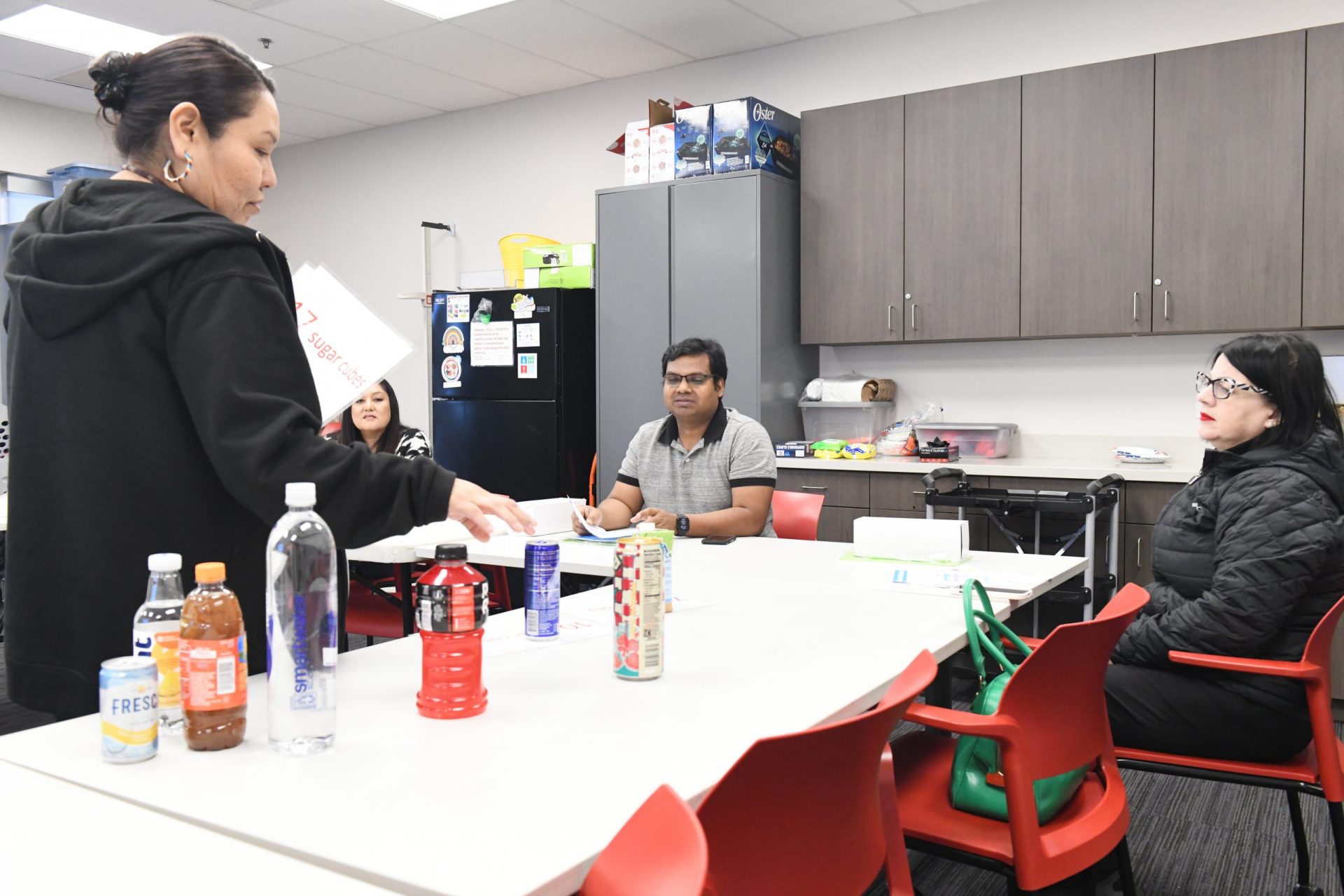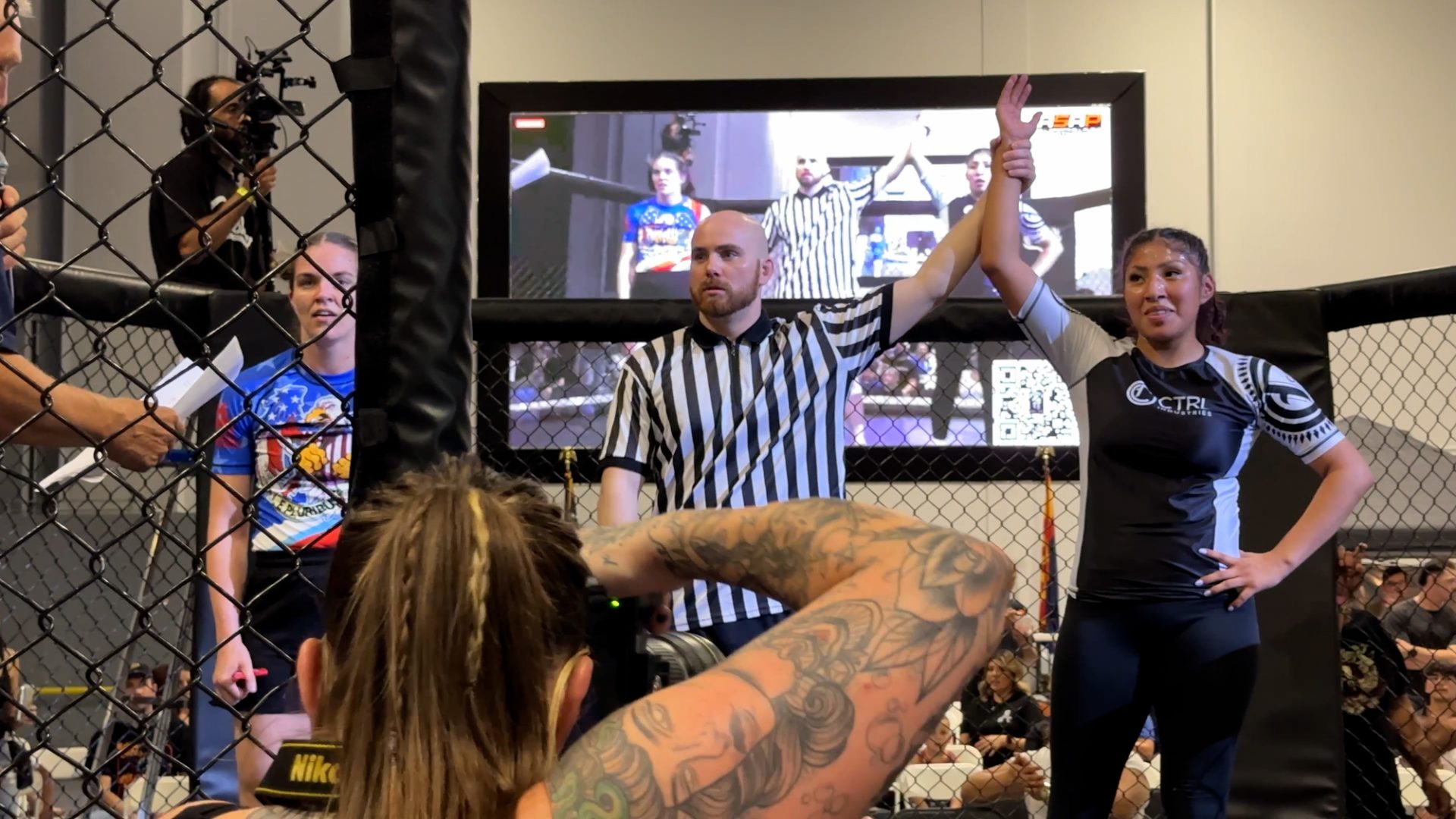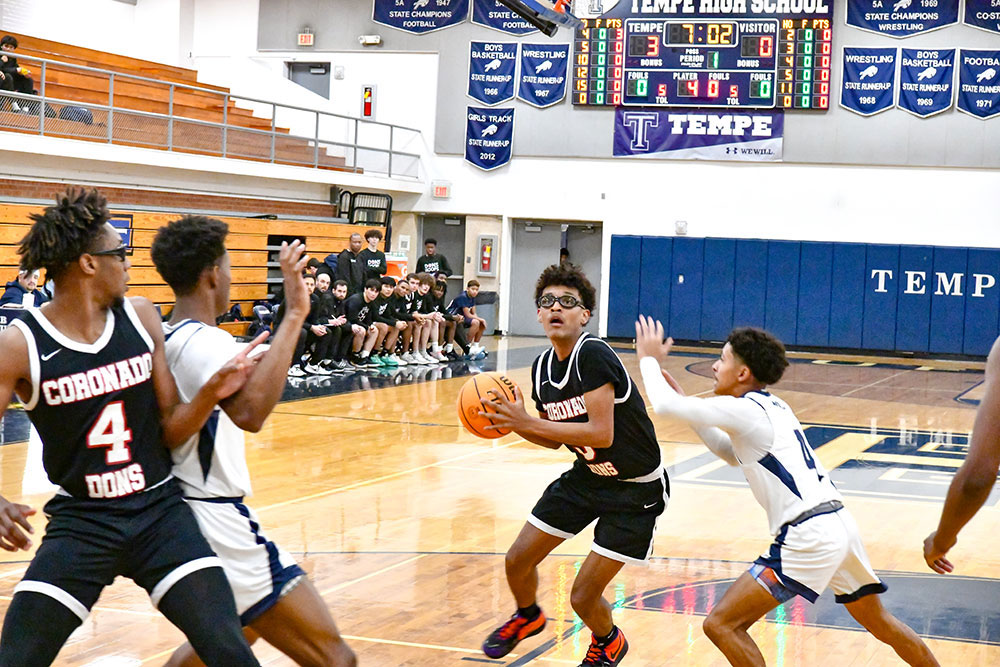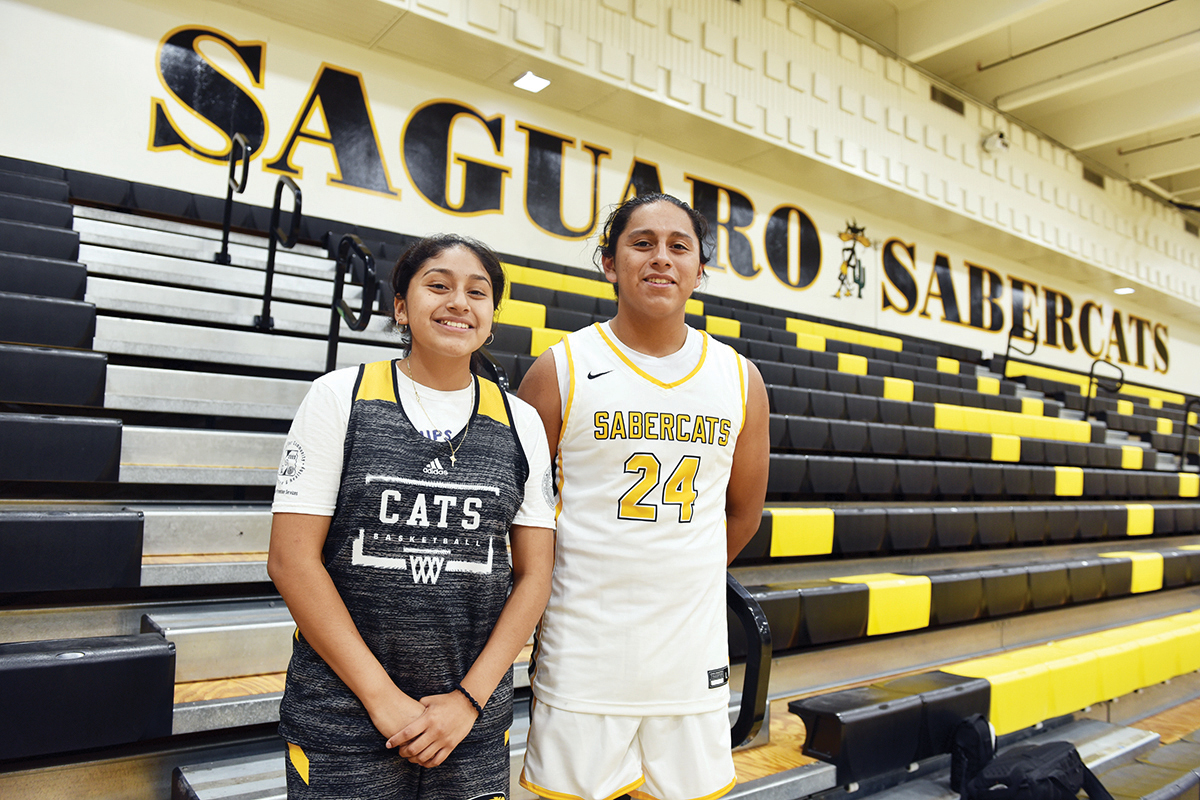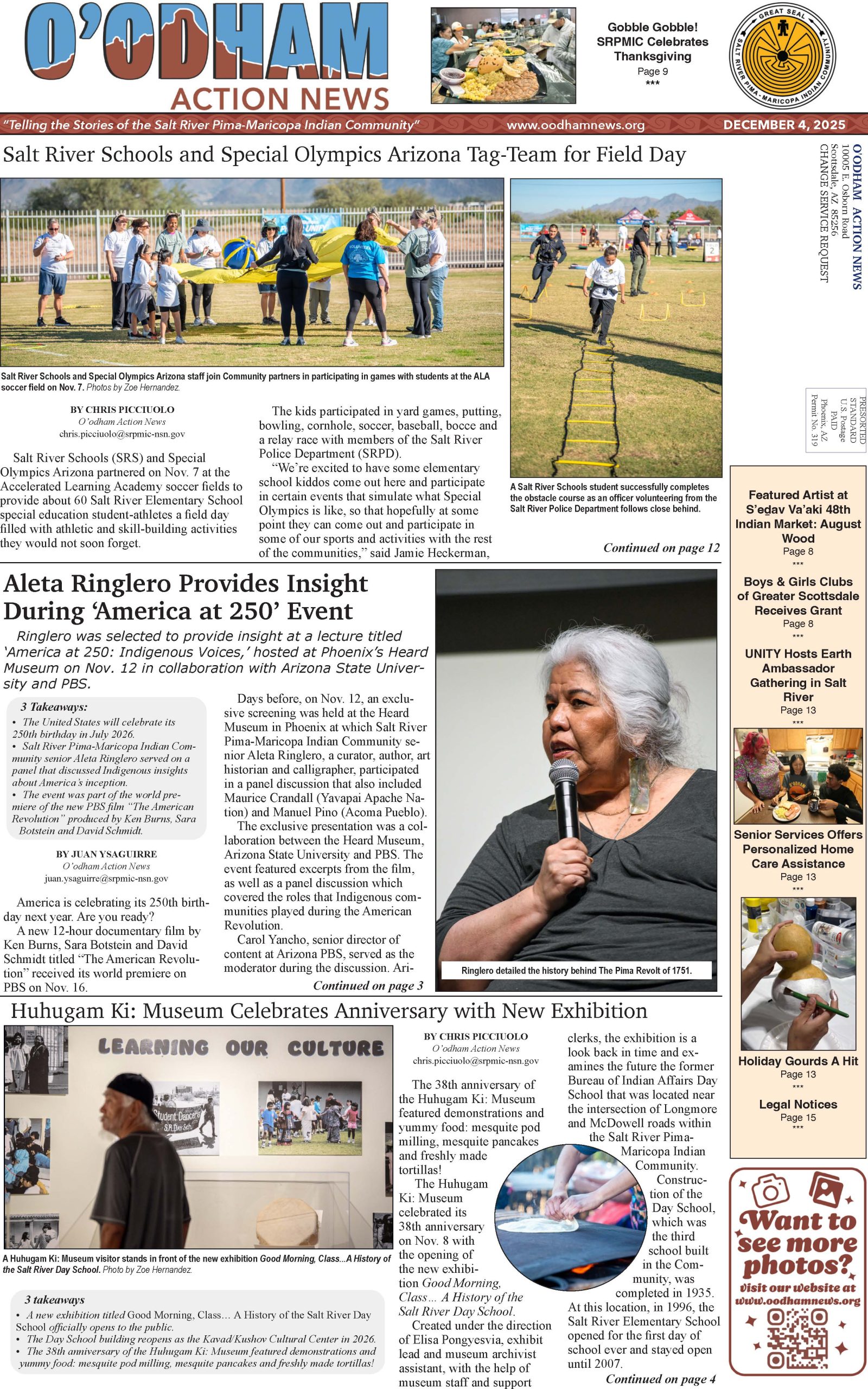VIEWS: 2494
June 20, 2023S’eḏav Va’aki Museum Opening NAGPRA Exhibition
From June 22 through May 2024, the S’eḏav Va’aki Museum (formerly Pueblo Grande Museum and Archaeological Park) in Phoenix will be opening a new exhibition, Sending Their Ancestors Home, which explores the Native American Graves Protection and Repatriation Act (NAGPRA) of 1990 and its effects on both Native American culture and museum ethics.
Visitors to the exhibition, which was funded by the S’eḏav Va’aki Museum Foundation, will have the chance to learn more about the history of this law, as well as how museums have taken strides to comply with—or dodge—the ramifications of this legislation, which urges museums and federal agencies to return certain cultural items, sacred tribal artifacts and human remains to their tribes of origin.
The exhibition will attempt to answer questions such as, “Where do museums and cultural institutions stand 30 years after NAGPRA?” “What work is there still left to do?” and “How has this museum grown and taken accountability for acts of injustice?”
Adam Waltz, public information officer at the City of Phoenix, said that the original idea for the exhibition came from driving force Angela Garcia-Lewis, cultural preservation compliance supervisor for the Salt River Pima-Maricopa Indian Community.
“She approached museum staff with the exhibit concept several years ago, and we began working with Angela and the rest of the consultation group in earnest last year,” said Waltz. “We gave the consultation group monthly updates and they reviewed and gave input on all text panels, images used, and other exhibit elements.”
Waltz said that the museum hopes to inform the visiting public about NAGPRA while also providing a space for respect and healing for the tribal communities.
“The panels are colorful, pulling inspiration from the colors of a sunrise, and images of creosote, palo verde and mesquite trees are used throughout,” said Waltz. “As S’eḏav Va’aki Museum has grown and renewed its mission to honor the Community whose land we steward, so too we hope the greater visiting public will learn and grow after visiting the museum and this exhibition.”
The exhibition was also created in close consultation with the Gila River Indian Community.

